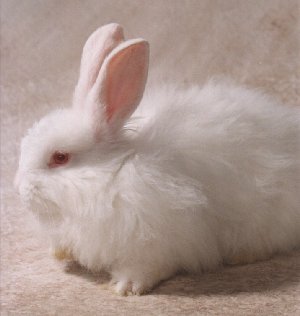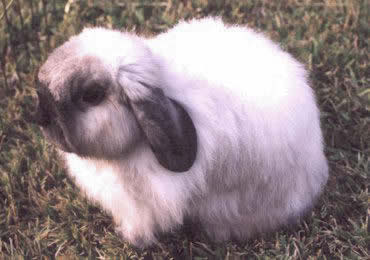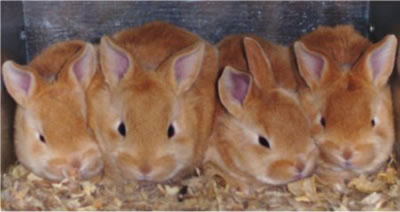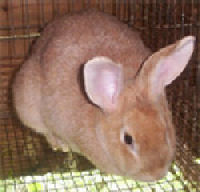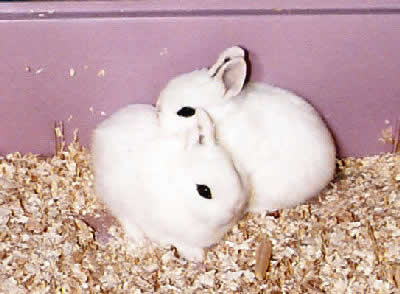Lionhead Working Standard
Gibbons activated in 2007
Variety: Chestnut Agouti, Ruby Eyed White, Sable Point, Siamese Sable, Tortoise (black only)
SCHEDULE OF POINTS
GENERAL TYPE.......................................................................................................40
Body..........................................................25
Head..........................................................10
Ears............................................................5
FUR...........................................................................................................................45
Mane...........................................................30
Coat............................................................15
COLOR............................................................................................10
CONDITION.....................................................................................5
TOTAL....................................................................100
SHOWROOM CLASSES & WEIGHTS
Senior Buck & Does - 6 months of age and over, not over 3-3/4 pounds.(3 lbs 12 oz) Ideal weight 3-1/2 pounds.
Junior Bucks & Does- Under 6 months of age, not over 3-1/4 pounds.( 3 lbs 4 oz)
Minimum weight 1 5/8 pounds ( 1 lb 11 oz).
NOTE: Juniors which exceed maximum weight limits may be shown in higher age classifications.
No animal may be shown in a lower age classification than its true age.
GENERAL TYPE
Body- Points 25: The body is to be short, compact and well rounded. The shoulders and chest are to be broad and well
filled, with broad shoulders matching hindquarters. The depth at the shoulders should round back to hindquarters of slightly less depth, on an ideally posed animal. The hindquarters are to be broad, deep, and rounded. The lower hips should be well filled. They should have a high head mount. Legs should be of medium length and medium bone, relative to the size of the animal. Stance is to be high enough to show full chest and mane.
PLEASE NOTE - THIS IS A POSED BREED AND IS NOT SHOWN WITH IT'S HEAD ON THE TABLE
Faults- Long, narrow body; flatness over shoulders or hips; chopped off or undercut hindquarters; any specimen that shows raciness; low head set.
HEAD - Points 10: The head should be bold, with good width between the eyes. The muzzle should be well filled. The head should be attached to the body with a high head mount and no visible neck. The should be a slight roundness between the eyes, but the head is not to be round from all directions. Eyes should be bright
and bold. Eye color to be as described in the individual variety.
Faults- A long, narrow head; pointed or narrow muzzle, low headset.
EARS- Points 5: Ears are to be short, well set on top of head, erect, well furred, of good substance, and with a strong ear base. They are to be rounded at he tips. Ears should balance with the head and body. When relaxed ears will be carries in a slight "V".
Faults- Ears that are pointed, lack furring, or do not balnce with the body
Disqualifications from Competetion - Ears that exceed 3-1/2 inches in length, wool more then halfway up the ear
FUR & WOOL
MANE-Points 30: The mane is to be wool. It should be a strong, wavy wool with a guard hair tip. Crimping of the wool is especially evident in the junior animals. The prominent portion of the mane (top and sides near the ears) should be at least
2 inches in length on senior animals. The mane is to form a full circle around the head, extending to a "V" at the back of the neck. The wool of the mane should be dense enough to make the mane full and prominent. It may fall into a fringe between
the ears or form a wool cap across the brow. Any wool in the front of the ears should enhance the prominence of the mane, but not obscure the eye. The face below the wool cap should be clean of wool. The side trimmings and chest may be noticeably longer.
Faults - A mane that is thin in appearance, has gaps; a gradual change on the forehead between the eyes and ears from normal fur to the wool of the mane.
Disqualifications from Competition - Breaks in the mane. A mane that consists of normal fur instead of wool. Wool longer than 1 inch between the eyes.
COAT- Points 15: (Rollback) The fur should be soft, dense, of medium length, and prime. It should show lots of life and glossiness. Ideally the saddle, flanks, and rump of the animal should be clean of wool. Transition wool is allowed on the hips
of juniors and seniors.
Transition wool is defined as a significantly shorter wool on the hips and face. Transition wool is not to exceed 2 inches.
Faults - Fur that is long, thin, or poor in texture; excessive wool on the flanks of a junior animal.
Disqualifications from Competetion - Wool across the saddle on junior or senior animals. Lack of a distinct break between the wool of the mane and any wool on the hip.
COLOR - Points 10: The fur and eye color is to be as described under each variety.
CONDITION - Points 5: As per ARBA definition.
image on right shows correct stance
ideal no flank wool |
|  |
Judging is to be by classes of sex and age in each variety, with a Best and Best Opposite Sex of each variety
being selected. The Best of Breed and Best Opposite Sex are to be selected from the BOV and BOSV.
COLOR DESCRIPTIONS
CHESTNUT AGOUTI -The surface color on the top sides of the body is to be a light brown, ticked with black. The intermediate band is to be a well defined orange over a dark slate-blue undercolor. The chest is to be a light cream or off white over a dark slate-blue undercolor. The undercolor of the belly is to be slate blue. The top of the tail is to be black, sparsely ticked with light brown, over a dark slate-blue undercolor. The nape of the neck is to be orange, with ears laced in black. Eyes - brown.
Faults: Animals that are too light in the color of the intermediary band or undercolor or are to light or dark in surface color
RUBY EYED WHITE - Color is to be a pure white and uniform throughout. Eyes - Pink.
SABLE POINT - Color on the nose, ears, feet legs and tail is to be a rich sepia brown color. The marking color is to shade rapidly to a brown body color. The entire upper body is to be creamy brown color, with a lighter almost white undercolor. A slightly deeper body color may occur along the saddle but is not desirable. The ideal is an animal whose surface color is
light enough to give good contrast with the point color. Eyes - Brown
Faults: Blotchy surface color on body: markings too light to provide good contrast with the body.
SIAMESE SABLE - The surface color is to be a rich sepia brown on the head, ears, back, outside of legs, and top of the tail. The surface color will fade to a lighter sepia on the sides, chest, belly, inside of legs, and underside of the tail. Dark face color is to fade from the eyes to the jaws and all blending of color is to be gradual and free from blotched or streaks. The undercolor will be slightly lighter than the surface color. Eyes - brown.
Faults: fault animals that have streaks, blotched or poor color blending, Scattered white hairs, or lack of darker color in the loin area is a fault
TORTOISE - The surface of the body is to be a rusty orange color on the loin, blending with a gray-black on the sides, rump, belly, feet, and tail. The color is to extend well down the hair shaft to an off-white under-color. Eyes - Brown
Faults - Stray white hairs; underside of tail light in color.
IT IS IMPORTANT WHEN JUDGING COLOR ON THE LIONHEAD TO REMEMBER THAT THE WOOL OF THE MANE MAY SOFTEN OR DEFUSE COLOR IN THE MANE AREA OF THE COAT










































